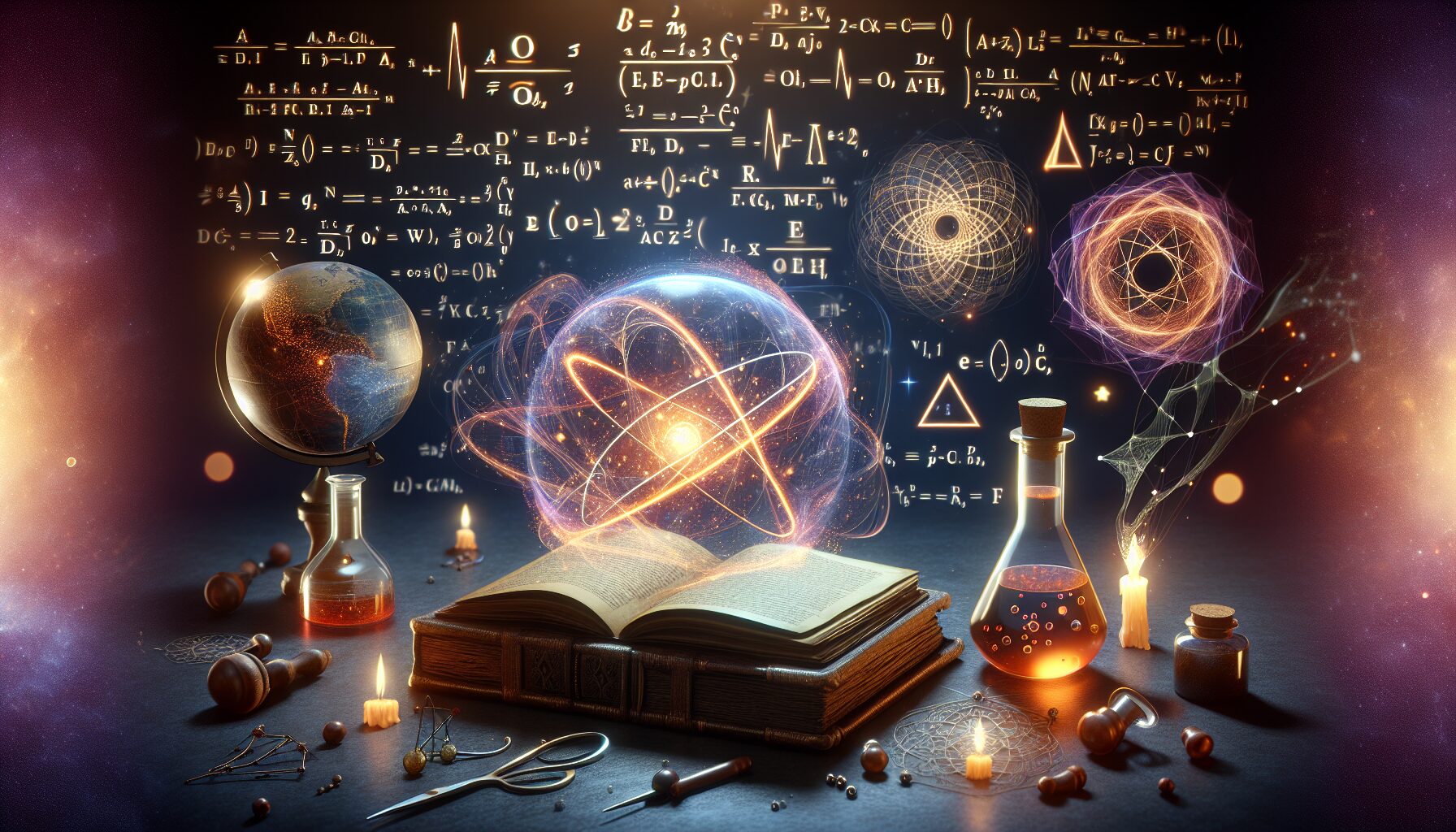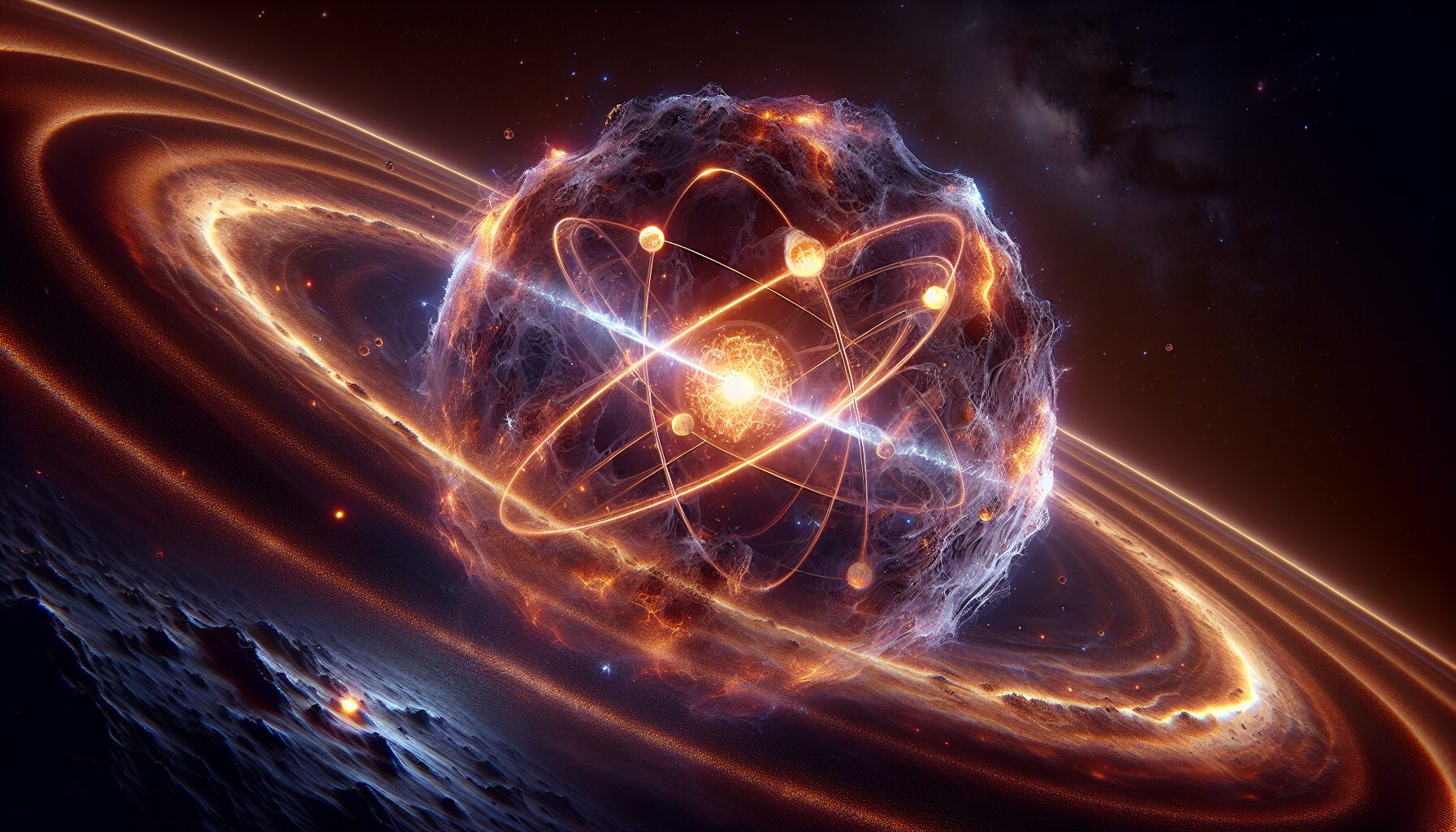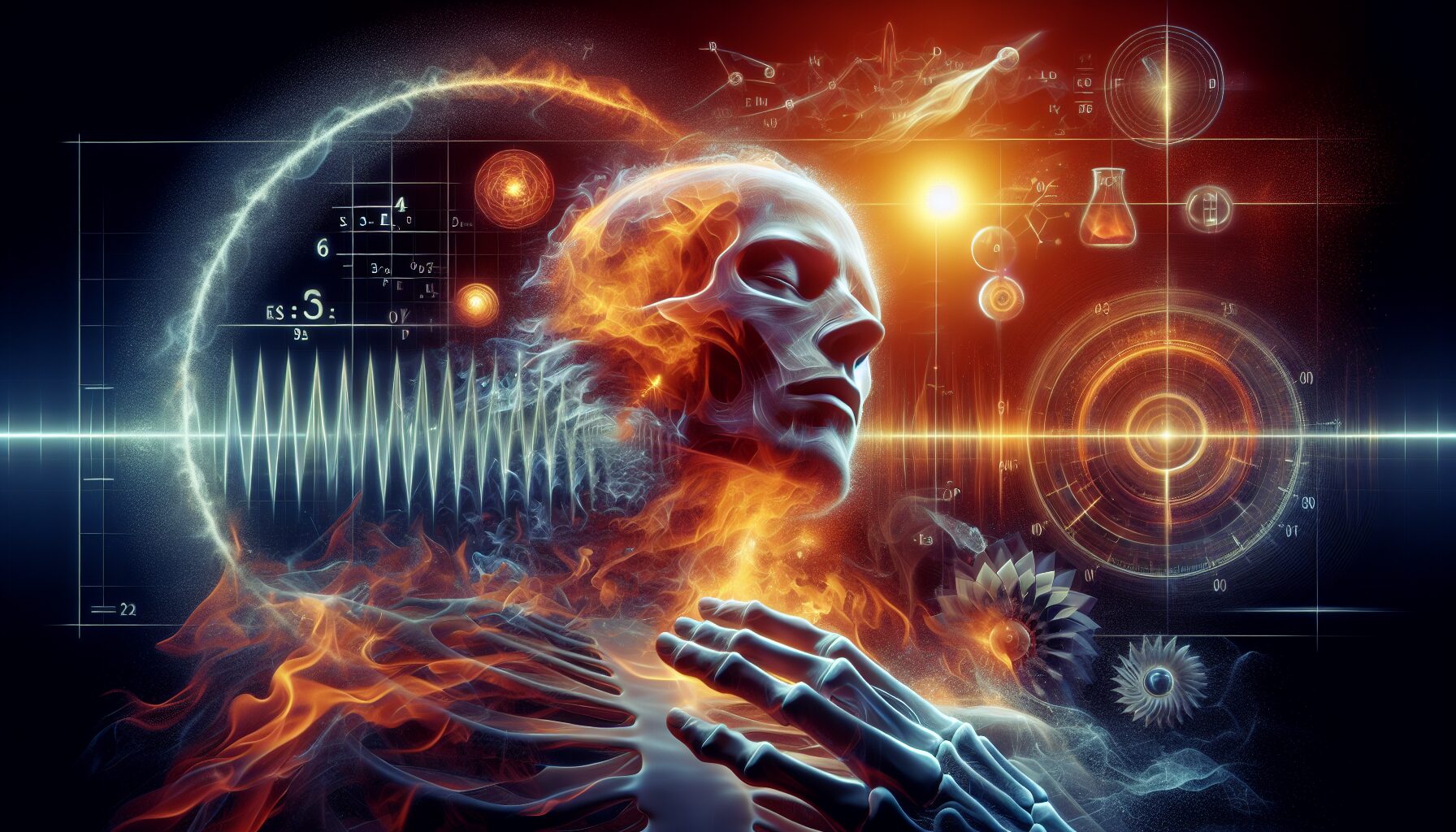The phrase petit mort, or “little death,” poetically describes the sensation following orgasm, considered by some as a moment of vulnerable transcendence. But what are the physical and metaphysical implications of this experience, often likened to a temporary soul’s surrender? Let’s dissect the curious mechanics behind this fleeting collapse.
The Physiological Perspective
On a purely physiological level, orgasm triggers a cascade of neurological and hormonal events. According to an article published in Frontiers in Psychology, “orgasms involve a complex interplay of the autonomic nervous system, the release of dopamine, and oxytocin secretion,” which not only offer a sense of satisfaction but momentarily rearrange our cognitive functions.
“The release of hormones during orgasm can result in a profound sense of relaxation and transient reduction of mental and emotional tension.” – Psychology Today
The Metaphysical Implications
Beyond the biochemical, the petit mort has long been embraced by poets and philosophers as a metaphor for spiritual ephemera. In her essay in the New Yorker, Joan Acocella hinted at the mysterious surrender intrinsic to passion, suggesting that each climax might echo a microcosmic rehearsal of our ultimate end, a paradoxical blend of creation and dissolution.
- Transience: The fleeting nature of orgasm symbolizes the ephemeral quality of life.
- Surrender: Letting go into bliss can be seen as a metaphor for relinquishing life.
- Unified Experience: In the peak moment, the distinction between self and other may blur, suggesting a spiritual oneness.
The Cultural Significance
The concept of petit mort is not merely a biological or mystical phenomenon—it reflects deeply entrenched cultural beliefs about intimacy, vulnerability, and mortality. In literature and art, this moment captures an essence of both existential dread and divine ecstasy. As noted in The Atlantic, the overlap of sexual and spiritual experiences is a timeless interchange explored across cultures.
Ultimately, the physics of spiritual collapse in petit mort mechanics are as much about our corporeal reactions as they are about the intangible tunnels of wonder and demise. In unveiling these interrelations, we discover a nuanced narrative of human existence itself—an eternal dance between life and its inevitable cessation.






